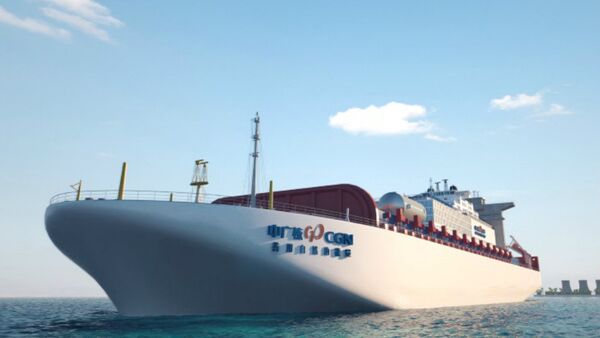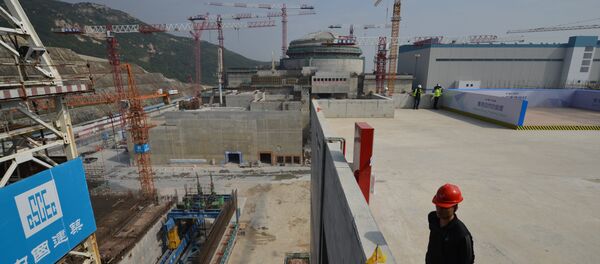The newspaper quoted analysts as saying that such a platform could boost the efficiency of China's ongoing construction work on islands in the South China Sea considerably.
In a recent interview with the Global Times, Liu Zhengguo, head of the general office of the China Shipbuilding Industry Corporation (CSIC) which is responsible for designing and assembling the platforms, said that the CSIS is "pushing forward with the work."
"The development of nuclear power platforms is a burgeoning trend. The exact number of plants to be built [by the CSIC] depends on market demand. Judging by various factors … the demand is pretty strong," he said without elaborating.
Earlier this month, it was reported that China plans to construct at least 20 maritime nuclear power platforms "in the future."
#China plans to build 20 floating #nuclear power stations to boost maritime construction https://t.co/htQilcXeJV pic.twitter.com/YZ7fO5oX5g
— People's Daily,China (@PDChina) 21 апреля 2016 г.
According to the Global Times, the platforms "will play an important role in China's long-term South China Sea strategy."
The newspaper cited Li Jie, a Beijing-based naval expert, as saying that the platforms will add to reliable power supplies for lighthouses, rescue and relief equipment as well as airports and harbors on the South China Sea islands.
"Given the long distance between the Nansha Islands and the Chinese mainland and the changing weather conditions, transporting fuel could be an issue, which is why developing the maritime nuclear power platform is of great significance," he said.
According to him, the facility, which is designed to power offshore oil and gas drilling as well as island development and remote areas, is set to be put into operation in 2019.
Right now, there are 30 nuclear power generating units in operation in China, with another 24 units under construction, all on land, media reports said.




